backyard drainage
posierosie_zone7a
10 years ago
Related Stories

MOST POPULARHow to Add a Backyard Shed for Storage or Living
Need a home office, a playspace or extra room for your stuff? Learn about off-the-shelf, prefab and custom sheds
Full Story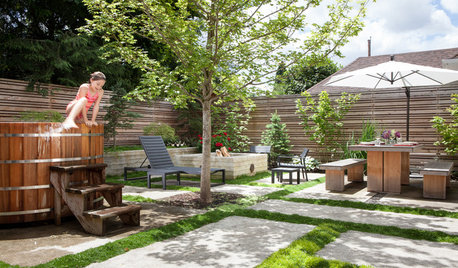
PATIOSBackyard Ideas: Writer's Studio and a Japanese-Inspired Garden
A nearby Japanese garden inspires a feature-packed backyard and studio for a work-from-home Portland writer
Full Story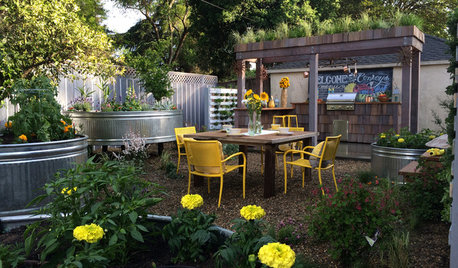
FARM YOUR YARDRemake Your Backyard Into a Mini Farm
You can get a taste of country life by line-drying your laundry, growing some produce or going whole hog with the critters
Full Story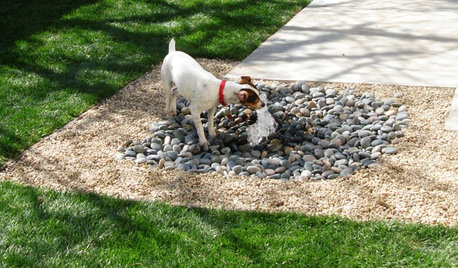
MOST POPULAR8 Backyard Ideas to Delight Your Dog
Cue the joyous soundtrack. These pet-friendly landscape and garden ideas will keep your pooch safe, happy and well exercised outdoors
Full Story
GARDENING AND LANDSCAPINGHow to Make a Pond
You can make an outdoor fish paradise of your own, for less than you might think. But you'll need this expert design wisdom
Full Story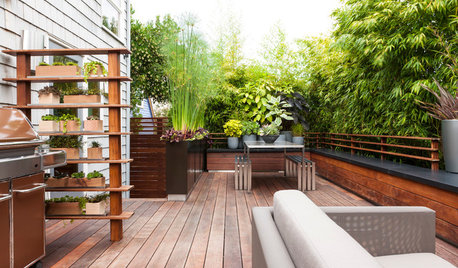
BACKYARD IDEASTake a Peek: A Peaceful Backyard Near Puget Sound
Behind a screen of bamboo trees, discover a peaceful garden retreat in the Pacific Northwest
Full Story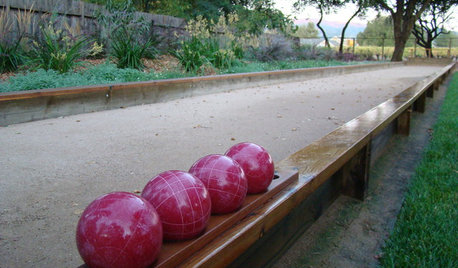
GREAT HOME PROJECTSWhat to Know About Adding a Backyard Bocce Ball Court
A regulation court in a relaxed setting helps you get the most from the Italian pastime. Here's what it takes to build one at home
Full Story
GARDENING GUIDESBeautiful Flowers and Foliage From Dedicated Backyard Gardeners
From lawn daisies to topiaries, Houzz users share their backyard beauties
Full Story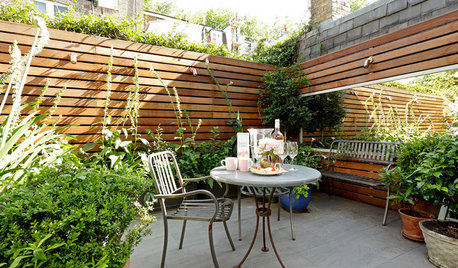
CONTAINER GARDENSPocket Gardens, Pint-Size Patios and Urban Backyards
A compact outdoor space can be a beautiful garden room with the right mix of plantings, furniture and creativity
Full Story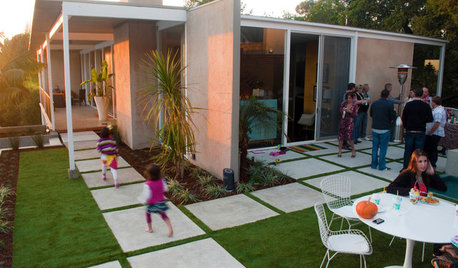
INSIDE HOUZZThere’s a Party in the Backyard, Says a Houzz Landscaping Survey
Entertaining, growing edibles and solving problems are goals for homeowners planning to revamp their yards
Full StorySponsored
Columbus Design-Build, Kitchen & Bath Remodeling, Historic Renovations
More Discussions








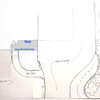

Yardvaark
marcinde
Related Professionals
Brentwood Landscape Architects & Landscape Designers · Forest City Landscape Architects & Landscape Designers · Gainesville Landscape Contractors · Hawaii Landscape Contractors · Mendota Heights Landscape Contractors · Norristown Landscape Contractors · Saint John Landscape Contractors · St. Louis Landscape Contractors · Baltimore Decks, Patios & Outdoor Enclosures · Batavia Decks, Patios & Outdoor Enclosures · Franconia Decks, Patios & Outdoor Enclosures · South Lyon Decks, Patios & Outdoor Enclosures · Westfield Decks, Patios & Outdoor Enclosures · Charleston Swimming Pool Builders · Rowlett Swimming Pool Buildersposierosie_zone7aOriginal Author
posierosie_zone7aOriginal Author
posierosie_zone7aOriginal Author
posierosie_zone7aOriginal Author
Yardvaark
marcinde
posierosie_zone7aOriginal Author
Yardvaark
sc77 (6b MA)
marcinde
sc77 (6b MA)
marcinde
sc77 (6b MA)
louisianagal
Yardvaark
nandina
ricardomartin95
sc77 (6b MA)
marcinde
Yardvaark
posierosie_zone7aOriginal Author
posierosie_zone7aOriginal Author
jcalhoun
jcalhoun
posierosie_zone7aOriginal Author
Yardvaark
marcinde
jcalhoun
posierosie_zone7aOriginal Author
coconut_head